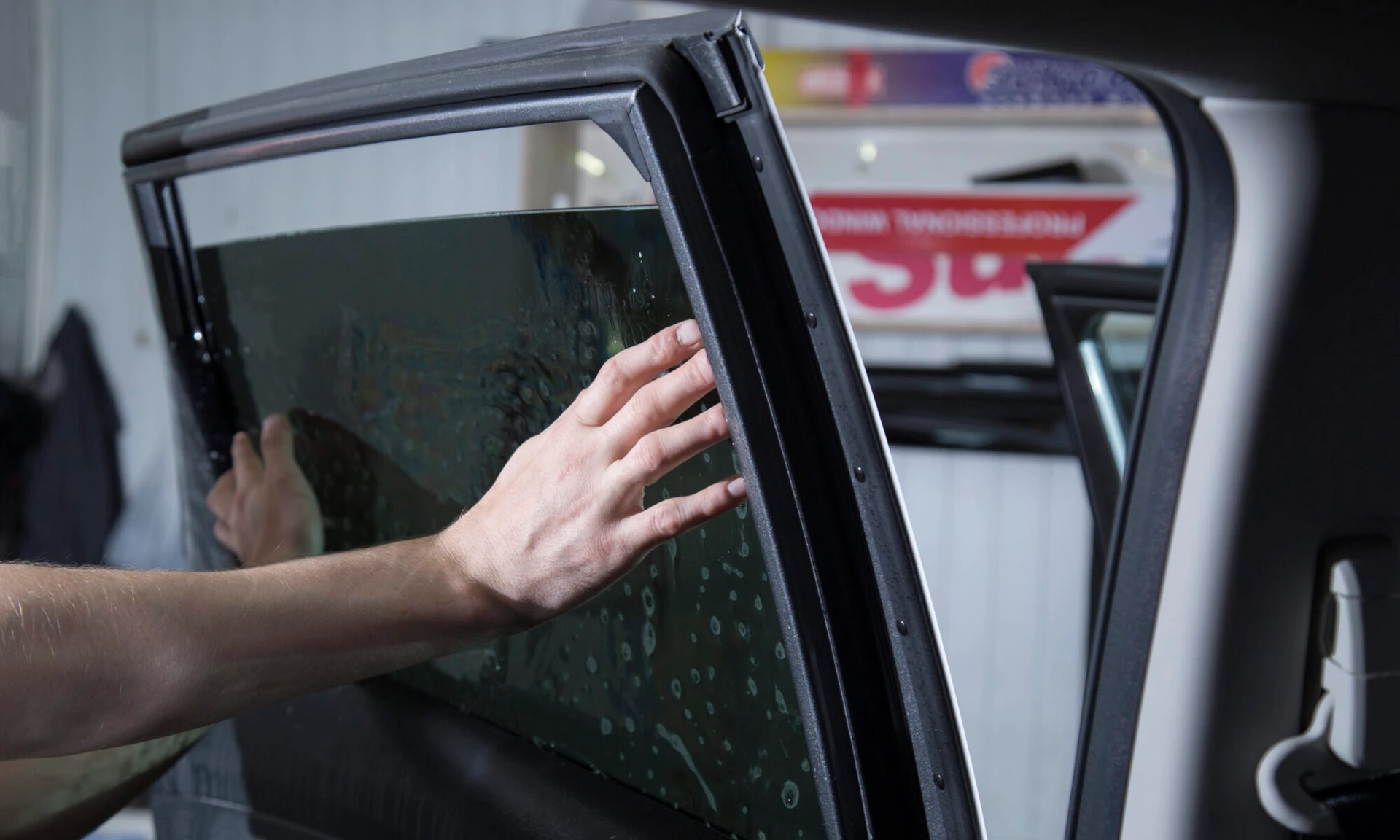Your Comprehensive Guide to Do It Yourself Window Tinting: Advice
Taking on a DIY home window tinting project provides a chance to boost both the performance and aesthetics of your room. Prior to embarking on this venture, it is important to navigate the complexities of neighborhood tinting laws and pick a suitable film that lines up with your goals.
Recognizing Home Window Tinting Laws
Navigating the detailed landscape of home window tinting laws is necessary for any kind of do it yourself enthusiast seeking to enhance their automobile's looks and comfort. Each state in the united state has certain policies regarding the allowed levels of color on numerous windows, which can substantially impact your decision-making procedure.
Commonly, these regulations dictate the maximum allowed Noticeable Light Transmission (VLT) percent, which describes the quantity of light that can pass through the colored home windows. For example, some states allow just a certain percentage of tint on the front windscreen, while allowing darker shades on rear home windows. Conformity with these regulations is vital, as failure to adhere can lead to penalties or the need to get rid of the tint altogether.
Additionally, there are frequently distinctions between passenger vehicles and business vehicles, with different rules applying to each category. It's advisable to consult your neighborhood Division of Motor Cars or equivalent authority to gather exact info customized to your area. Comprehending these laws not just makes sure legal conformity but also improves security by preserving presence and stopping possible hazards while driving.
Selecting the Right Color Film
Picking the appropriate color film is an essential action in the do it yourself home window tinting process, as it directly influences both the appearance and performance of your vehicle's windows. A number of factors ought to lead your selection, consisting of the kind of film, its lawful compliance, and your wanted results.
First, take into consideration the various sorts of tint films offered: colored, metalized, ceramic, and crossbreed. Colored films provide a fundamental level of personal privacy and warm decrease but might fade with time. Metalized films use enhanced warm being rejected and longevity however can conflict with electronic signals. Ceramic films, while extra expensive, offer superior warm resistance and UV protection without signal interruption.
Following, make sure that the movie abides by local laws concerning noticeable light transmission (VLT) percents. Compliance with these laws is important to avoid penalties and ensure safety and security.
Crucial Tools for DIY Tinting
Having picked the best color film for your home windows, the next action involves gathering the essential tools to make certain a successful installment. The primary devices you will certainly require consist of an energy blade or a razor blade, which is essential for cutting the tint film to the desired size. A squeegee is also essential, as it assists eliminate air bubbles and smooth out the film throughout important link application.

Additionally, consider utilizing a warm weapon or hairdryer, as this can help mold and mildew the color film to the shapes of the window and help with adherence. Finally, gloves are suggested to stay clear of fingerprints on the movie during installation. By gathering these necessary tools, you will be well-prepared to tackle your do it yourself window tinting job efficiently.
Step-by-Step Application Process
Begin by completely cleaning up the home window surface area to ensure ideal attachment of the color film. Once the home window is clean, determine the color film versus the home window, enabling for a small overlap on all sides.
Next, prepare a solution of water and a couple of declines of child hair shampoo in a spray container. Lightly spray the window surface area and the sticky side of the film. This option go to this web-site will certainly permit rearranging throughout application. Very carefully straighten the film with the top of the window, ensuring it is straight. Press the film versus the glass, beginning with the center and working external to remove air bubbles. Use a squeegee to smooth the movie, using company, even stress.
Permit the color to heal for at least 24 hours without rolling down the home windows. Adhere to these steps faithfully for optimal outcomes in your DIY window tinting job.
Upkeep and Treatment Tips

It's advisable to wait a minimum of a week after setup prior to cleansing your windows to enable the glue to completely heal. During this initial duration, avoid rolling down the home windows to avoid any type of damage to the color.
Regular upkeep involves inspecting the edges of the color for any kind of signs of bubbling or lifting. If you notice any kind of problems, it's finest to address them promptly to stay clear of additional damage. Furthermore, be careful with the use of window treatments, such as shades or curtains, as they can create warmth that might compromise the tint gradually.
Verdict
In conclusion, undertaking a DIY home window tinting task demands careful consideration of regional guidelines, choice of appropriate color films, and the application of essential tools. A methodical application procedure makes sure optimum results, while routine maintenance contributes to the longevity of the tint - Moro Auto Spa Window Tinting. By adhering find more to these standards, people can achieve both visual improvement and raised privacy in their rooms, making do it yourself home window tinting a valuable venture